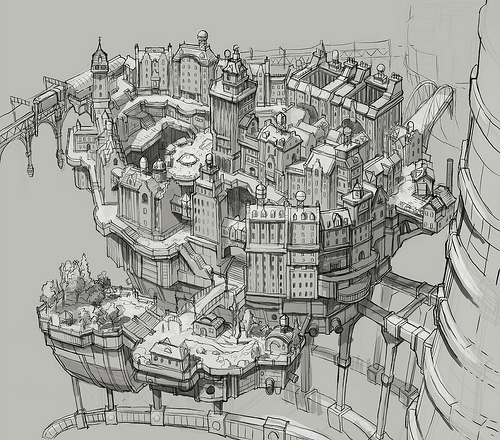Artist’s Name: Cory Hamilton
Their blog URL: http://www.linkedin.com/pub/cory-hamilton/1/655/58
Company(ies) worked for: Sucker Punch Productions/ Naughty Dog/343 Industries
Games Worked on: InFamous 2, Halo 4
Role for said Games: Mostly Environmental Artist, bits of Concept, and other textures
Images of some of their texture work:
InFamous 2


Random Concepts:


Naughty DOG Concept Art:

Question#1: What about their style is exciting or inspirational to you?
I enjoy the way that Cory is very varied in his art style, while still being able to capture realistic, yet interesting set pieces. Even though most of his art is more environmental, the texture skill still applies, and I like that he also dabbles in characters. Which seem to be more of a hobby then what he is usually employed for, but he still does them, and it shows that he does have a passion for what he does.
Question#2: What did you take away from this person that you can use to help yourself? Was it a texturing technique, a piece of advice, or something from their art style?
I took a lot from Cory, I do that from an artist that I look into, I would be ignorant not too. The way he still draws on the side, aside from his professional life is inspiring. He has a long list of experience with well known studios, and from the looks of it, a strong reputation, and portfolio. I think what I’ll take most from Cory is to always get back to what I enjoy, even though his blog is a constant one, he does return to it, with newer ideas and an enhanced style, always learning, always growing.
























